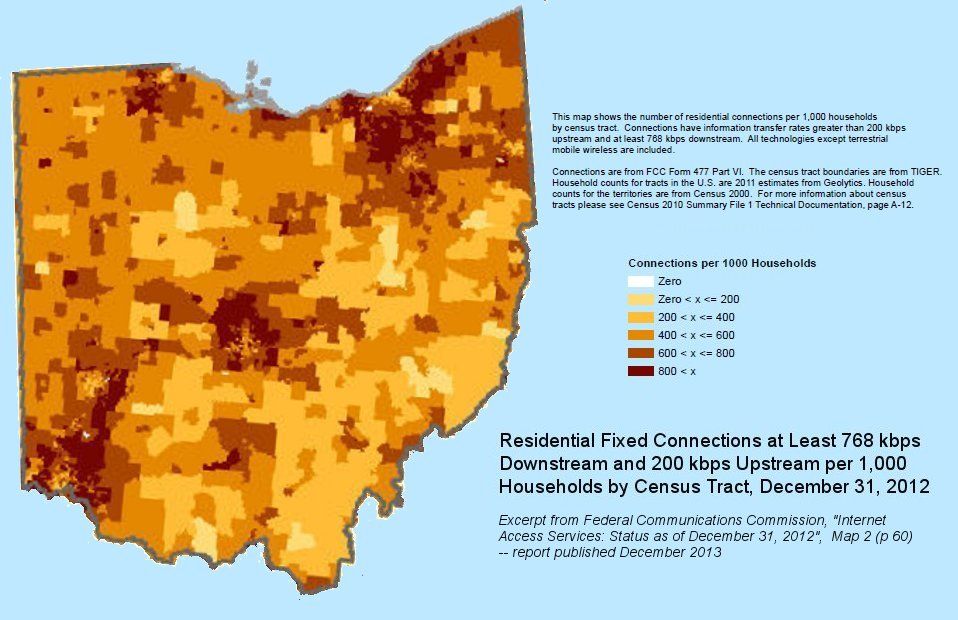Here's the sentence (in RC 4141.28 -- my emphasis):
Effective July 1, 2015, an individual shall file an application for determination of benefit rights and a claim for benefits by electronic means in a manner prescribed by the director, except that no individual shall be required to file such an application or claim by electronic means if one or more of the following circumstances apply:So if you think you might get laid off after mid-2015, make sure you have a computer and a DSL line or cable modem before the axe falls. And you might want to pay that Internet bill a few months ahead, while you still have a little discretionary income... because your $300-to-400-a week unemployment check will have to cover food, rent, heat, electricity and the cellphone you use to look for work.
(1) The individual is legally prohibited from using a computer;
(2) The individual has a physical or visual impairment that makes the individual unable to use a computer;
(3) The individual has limited ability to read or write effectively in a language in which the electronic application or claim is available;
(4) A disaster or emergency declared by the governor prevents compliance with the electronic filing requirement.
Think this isn't such a big deal outside of a few digitally challenged neighborhoods in Cleveland, Columbus, Akron, Toledo, Youngstown, Dayton and Concinnati? Think again:
Yes, you got that right. At the end of 2012, according to the FCC's most recent information, most of the state had home broadband connections in fewer than 60% of households. The percentage in most of southeast and central Appalachian Ohio was less than 40%.
(Check out Connect Ohio's 2012 Residential Technology Assessment to learn more.)
The State of Ohio, like many public and private institutions, is understandably impatient to migrate as much of its public business to the Internet as possible, and eliminate the expense of its legacy systems (like offices and phone centers) as soon as possible. And for many of the state's "customers" this migration can't happen fast enough. Who wants to return to standing on the unemployment line?
But that understandable impatience seems to be leading the Ohio Department of Jobs and Family Services, like many Internet-eager institutions, to ignore a fundamental rule of IT systems management: Never deploy a mission-critical software or hardware system without training and equipping all the people who will have to use it.
In the case of shifting critical ODJFS social and income support functions to Internet-only form, this means coming to grips with the uncomfortable fact that many thousands of the agency's current and future clients just don't have the basic skills, equipment or fast Net access to follow them there. "Coming to grips" meaning: Either start taking some serious steps to help those clients acquire the necessary skills, equipment and access (= spend money!), or keep providing human/phone alternatives (also = spend money!)
Of course ODJFS could just throw all those digitally unprepared unemployed Ohioans out of the boat and let them somehow learn to swim on their own, or sink.
But that inevitably means letting thousands fail to receive the unemployment insurance benefits to which they're legally entitled. And no one in the Kasich Administration or the General Assembly would want that to happen.
Would they?


